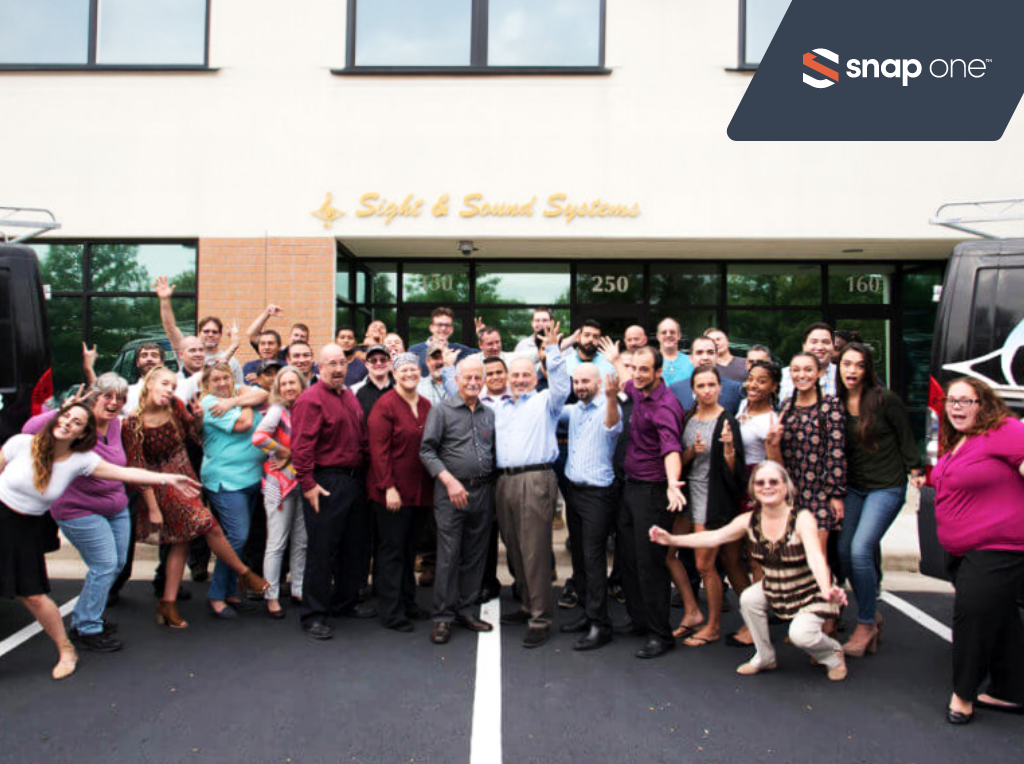The Cellular Answer for Commercial Fire: Meet Requirements and Generate RMR

Ensuring clear, reliable communication is the fuel that feeds any fire-related emergency. Commercial security integrators need feature-rich technology that is dependable and functions as designed to enhance their offerings and fulfill customer expectations for safety.
Telguard Senior Director of Technical Services, Daniel Rosales, speaks with us about commercial fire requirements. In this Q&A, he defines link supervision and describes why it is important. He also explains Telguard’s new commercial fire product and how it helps integrators meet the needs of their customers, while securing RMR.

Daniel Rosales – Senior Director of Technical Services, Telguard
What requirements must commercial fire meet?
Rosales: Code states that a communication path must be supervised such that a disruption gets notified within 60 minutes. Telguard products achieve this by employing “link supervision,” and since this is a communicator that requires a power source, it must have a secondary power source that will allow it to have 24 hours’ worth of standby time, plus at least five (5) minutes of transmission at the end of the 24-hour period. Telguard achieves this by having an AC + Battery option or a DC connection to the alarm panel, the latter of which simply requires the installer take Telguard’s consumption rate into calculation.
What we bring to the table is an option to replace the forever-standing notion of needing redundant phone lines by using a supervised cellular connection.
Of course, our communicator being a commercial fire product, must meet the criteria that applies to commercial fire systems, but the two most highlighted are related to supervision and power.
What exactly is “link supervision” and why is it important?
Rosales: Link Supervision is a way of monitoring the connection of the Telguard communicator to the network. It’s actually pretty simple — and it’s within this simplicity that the magic resides.
When the device gets programmed for “sole path” — meaning that it will be the only communication path for the fire system —link supervision gets enabled for the device. When this happens, the device will start a never-ending cycle of check-in signals. These signals are small packets of communication that the communicator sends to Telguard’s backend to let us know that it’s able to communicate, sort of like saying “hello” every once in a while.
When link supervision is enabled, Telguard’s backend expects to receive these “hello packets” every few minutes, and when it doesn’t receive them for the chosen period of time (e.g. 60 minutes), it will send a failure message to the central station so that proper action is taken — understanding that the communicator is unable to deliver a signal, should a signal need to be sent.
The other side of the coin is that when the “hello check-in signals” resume, the Telguard backend will send a restore message to central station. It’s important, of course, because it meets code, but the heart of it — users know when something is not right, and when that error has been rectified.
Compared to the use of redundant phone lines, the use of link supervision allows customers to know when they’re not protected, as opposed to just relying on a second line.
What overall problems does Telguard’s new commercial fire products solve for the dealer and the end user, and what new technology do they bring to the electronic and life safety security industry?
Rosales: The most popular answer is likely the extra RMR that it brings to dealers. The best benefit, in my eyes, lies in being able to know when something is not right, faster.
In dealing with life-safety, knowledge is speed, and speed is of the essence to avoid/prevent catastrophes.
Telguard was the first to bring cellular technology as a solution to replace phone lines back in 2010, and as we continue to evolve, we are always looking to bring new cellular technologies and alternate methods to provide better service.
How can security professionals help customers meet all commercial fire requirements while ensuring RMR for themselves?
Rosales: It is advantageous for both the customer and the dealer.
For the end user, there is a higher sense of reliability. By code, the panel is only required to send a test signal to the central station every six (6) hours through each phone connection. So, if you stagger them, then you are looking at some signal getting to the central station every three (3) hours, confirming that everything is good, compared to two 24-hour cycles before.
Well, with a single path, the requirement is to announce an issue within 60 minutes. The value for the customer, first and foremost, is that the gap where something could go wrong before the central station has a chance to act drops from up to three (3) hours to one (1) hour. In life safety, that is a huge difference.
The argument can be made that two phone lines provide redundancy, but the way telephone routing goes, there is a very good chance that somewhere along the path a phone call takes from the premises to the central station receiver; the redundant paths share a common node.
So, if both phone lines share the same switches, how redundant could it possibly be? From a more frivolous perspective, the cost of two commercial phone lines is far more than what any of our dealers will charge for the single, supervised cell option, even with their markups.
For the dealer, the financial gain is easy to see. Instead of the customer paying the telephone company for two lines, the dealer resells the cellular service and that money now becomes RMR for the dealer.
A technical advantage of using this service is more control of the path when using cellular. I have encountered many instances in my dealings with customers where the dealer gets a call that the system is missing signals or misbehaving only to find out that the property manager may have inadvertently made changes to the phone connection.
With the increasing push by cable companies and the like to sell digital phone service, a seemingly innocent switch of carriers could mean big issues for the dealer, because, let’s be honest, it’s never the customer’s fault. So, by using cellular, the fire system is no longer relying on a path that is under someone else’s control.
For the dealer, the financial gain is easy to see. Instead of the customer paying the telephone company for two lines, the dealer resells the cellular service and that money now becomes RMR for the dealer.
Why is RMR the best business model for commercial fire integrators?
Rosales: Control of the path and the ability to be keep everything related to the fire system under your watch is the biggest reason to go sole path; the RMR aspect is just at the core of the business — and adding more RMR for a service that offers so many benefits is just a no-brainer.
In times like the ones we are going through today, it has been quite evident that a business that relies on RMR is better poised to withstand events such as those that have occurred during 2020.
About Daniel Rosales
Daniel Rosales, senior director, Technical Services, has over 13-years of experience in the industry, currently playing an important role in the deployment of the first Commercial Fire Sole Path communicator. With intimate knowledge of the state of the industry from security, life safety and PERS to the residential and commercial spaces, Rosales oversees the technical support department as well as leads the Product Management team for Telguard. He has facilitated multiple lectures and in-depth educational sessions that focus on NFPA72, Cellular Evolution and general understanding of emerging cellular technologies and their application to IoT, security and life safety. He believes a strong support system is necessary for customer success.




